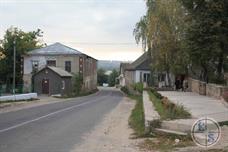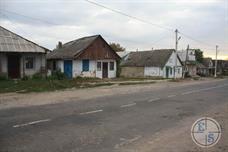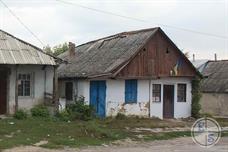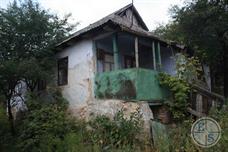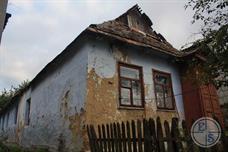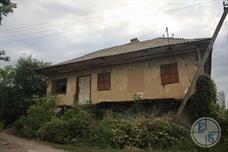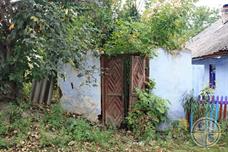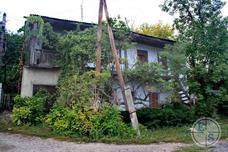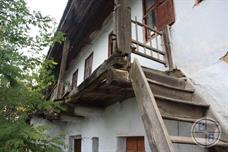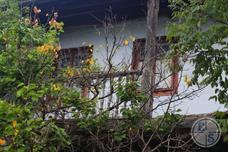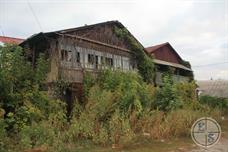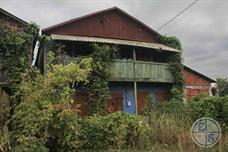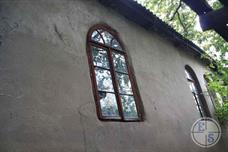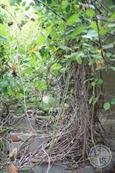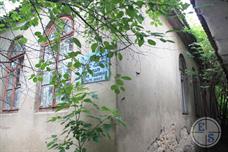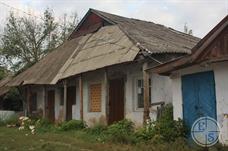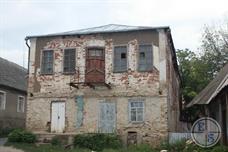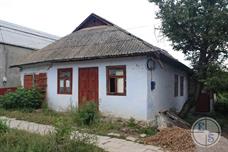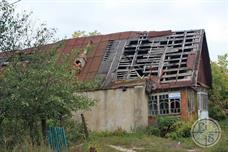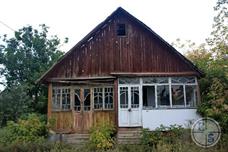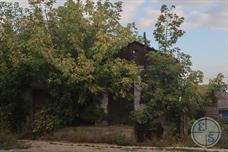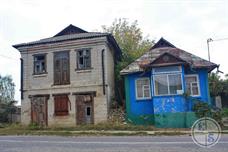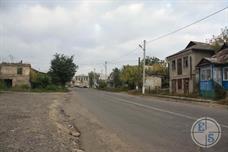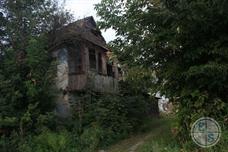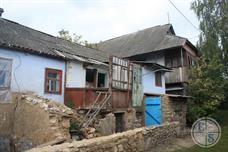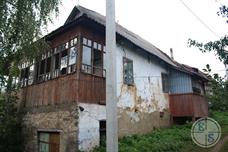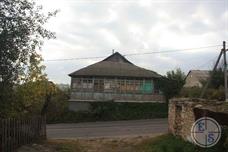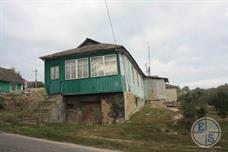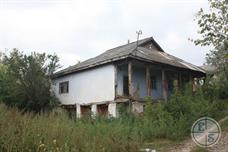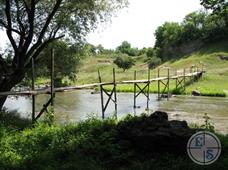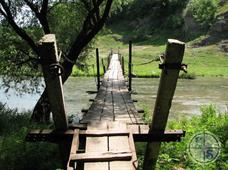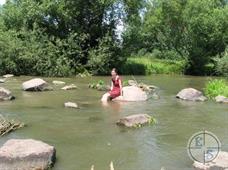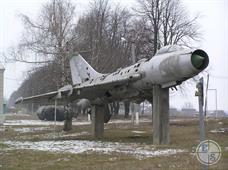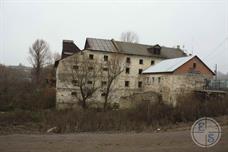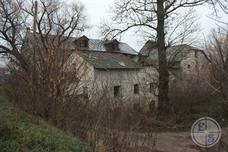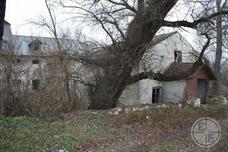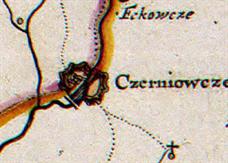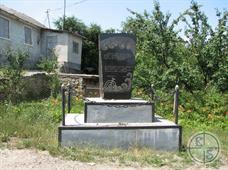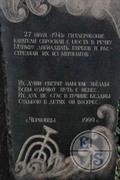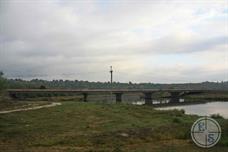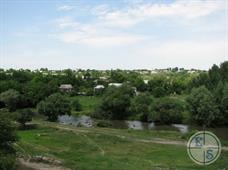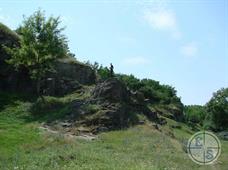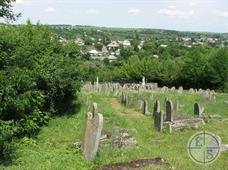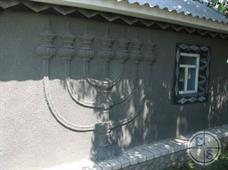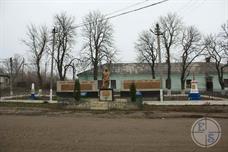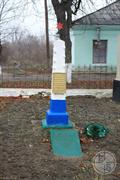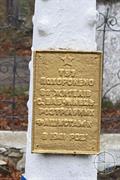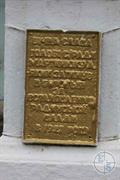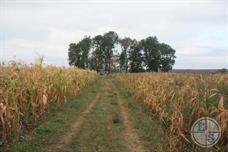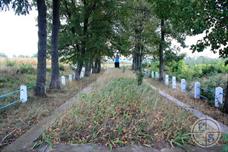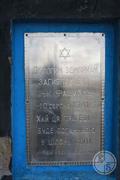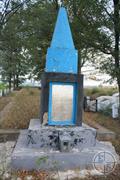Chernevcy
Vinnitsa Region
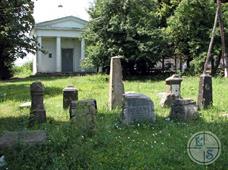 |
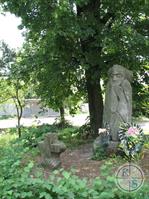 |
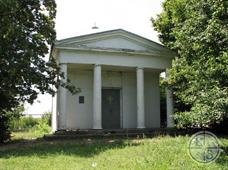 |
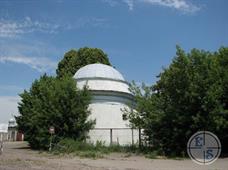 |
| Church-mausoleum Mankovsky the old Polish cemetery | Mausoleum has the shape of a rotunda | ||
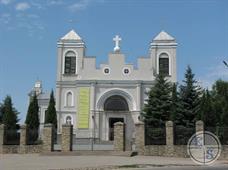 |
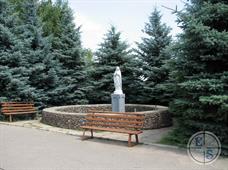 |
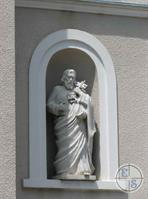 |
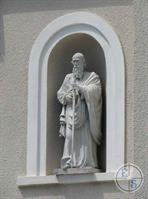 |
| The current Catholic Church - for such a small village rather unusual phenomenon |
Chernevcy, 2009, 2012
Jews apparently started to settle in Chernevtsy in the early 17th century. In 1897 Chernevtsy's 2,274 Jews comprised 25.3 percent of the town’s total population. Most Chernevtsy Jews were small-scale merchants or craftsmen. On the eve of World War I Jews owned most of the stores in Chernevtsy.
Although the ruling powers in Chernevtsy changed frequently during the revolutionary years and civil war in Russia, its Jewish residents were spared the violence that generally accompanied this period. In 1937 a Jewish kolkhoz was reorganized. It was renamed “Zarya” (Dawn) and became a mixed Jewish-Ukrainian collective farm.
From the 1920s until 1939 there was a Yiddish secondary school in Chernevtsy and a Yiddish kindergarten.
Although the ruling powers in Chernevtsy changed frequently during the revolutionary years and civil war in Russia, its Jewish residents were spared the violence that generally accompanied this period. In 1937 a Jewish kolkhoz was reorganized. It was renamed “Zarya” (Dawn) and became a mixed Jewish-Ukrainian collective farm.
From the 1920s until 1939 there was a Yiddish secondary school in Chernevtsy and a Yiddish kindergarten.
Chernevcy - probably the only town of Podillya, preserved the unique atmosphere of the Jewish town. It is a true open-air museum. Although similar principles of planning, there are no two alike houses. Most, of course, abandoned, under pressure from the time they are gradually destroyed. Some homes are rebuilt, and some people continue to live like 100 years ago. Only Yiddish on the streets for a long time does not sound ...
In 1939 Chernevtsy's 1,455 Jews comprised 18.5 percent of the town’s total population.
Few Jewish families from the town managed to escape before Chernevtsy was occupied by German troops on July 21, 1941.
In the first week of the occupation about 20 Jewish men were murdered by Axis troops passing through the town.
In August 1941 units of Einsatzgruppe C murdered about 3,000 Jews in the area east of the Dnestr River, including an unknown number of Jews in Chernevtsy itself.
From September 1941 Chernevtsy was part of the Romanian occupation zone of Transnistria. The Jews of the town were confined to a ghetto, to which deportees from Bessarabia and Northern Bukovina were also taken. Jews were forbidden to leave the ghetto and were forced to sew yellow Stars of David onto their clothes. A Jewish council headed by a man named Soybel was set up. It had to assign ghetto inmates to various agricultural and construction jobs and to collect money and valuables from the ghetto inmates. The latter lived in crowded conditions and were subjected to constant humiliation, beatings,and confiscations. Many of them died from disease or from other results of the inhuman conditions imposed on them.
Few Jewish families from the town managed to escape before Chernevtsy was occupied by German troops on July 21, 1941.
In the first week of the occupation about 20 Jewish men were murdered by Axis troops passing through the town.
In August 1941 units of Einsatzgruppe C murdered about 3,000 Jews in the area east of the Dnestr River, including an unknown number of Jews in Chernevtsy itself.
From September 1941 Chernevtsy was part of the Romanian occupation zone of Transnistria. The Jews of the town were confined to a ghetto, to which deportees from Bessarabia and Northern Bukovina were also taken. Jews were forbidden to leave the ghetto and were forced to sew yellow Stars of David onto their clothes. A Jewish council headed by a man named Soybel was set up. It had to assign ghetto inmates to various agricultural and construction jobs and to collect money and valuables from the ghetto inmates. The latter lived in crowded conditions and were subjected to constant humiliation, beatings,and confiscations. Many of them died from disease or from other results of the inhuman conditions imposed on them.
More detail you can read on the Russian-language version of the site, as the English version in the process of finalizing

My shtetl
My shtetl
Jewish towns of Ukraine
Jewish towns of Ukraine
